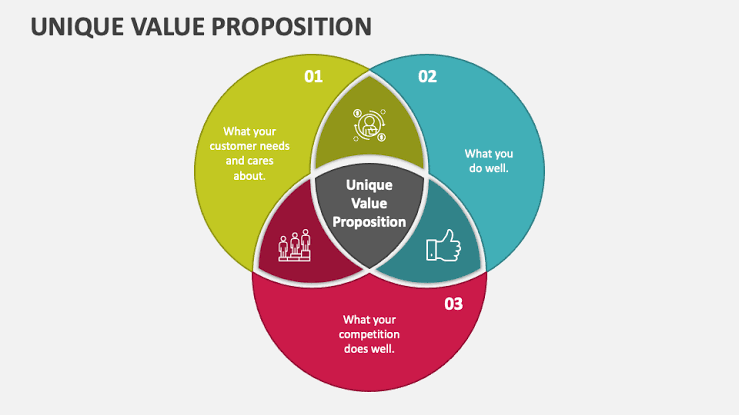Discover how a unique value proposition (UVP) can enhance brand loyalty. Learn to craft a compelling UVP that stands out in the market, aligns with customer needs, and strengthens emotional connections to build lasting customer relationships.
The Importance of UVP in Developing Brand Loyalty A unique value proposition UVP plays a role, in nurturing and maintaining brand loyalty. It outlines what sets a brand apart from its competitors and why customers should consistently opt for it. Creating an effective UVP requires insight into customer preferences and aligning them with the brands offerings to build trust, satisfaction and loyalty.
Understanding UVP
A unique value proposition (UVP) outlines the distinct advantages and values that a brand offers. It explains why customers should prefer this brand over competitors highlighting the key benefits that set it apart. The UVP should resonate with the audience by addressing their needs, preferences and challenges.
The Link Between UVP and Brand Loyalty
Brand loyalty stems from positive and consistent experiences. A well crafted UVP ensures that the brands promises align with customer expectations. Here's how a UVP contributes to fostering brand loyalty:
1. Clarity and Uniqueness; A UVP helps a brand shine in a market. When customers grasp what makes a brand special they are more inclined to choose it. This uniqueness not attracts customers but also solidifies their commitment to staying loyal.
2. Consistent Messaging; Consistent communication across channels, such as advertising, customer service and product delivery reinforces the UVPs effectiveness. When a brand consistently fulfills its UVP it builds trust and dependability, both vital for customer loyalty.
3. Building Bonds: A compelling unique selling proposition (USP) often taps into wants and emotions. By forging a connection a brand can cultivate loyalty. Customers tend to stick with brands that resonate with their principles and dreams.
4. Shared Values: Customers remain loyal to brands that reflect their values and requirements. A USP that effectively conveys how a brand fulfills these needs contributes to a customer base. When customers perceive that a brand consistently provides value aligned with their expectations their loyalty is reinforced.
Creating a Strong UVP
Creating a compelling Unique Value Proposition (UVP) involves several steps.
1. Understand Customer Needs and Challenges: Research your audience to grasp their needs, wants and difficulties. This understanding helps in shaping a UVP that directly addresses these aspects.
2. Study Competitors: Assess what your competitors offer and pinpoint areas where they fall short. A strong UVP should emphasize what sets your brand apart from the rest.
3. Outline Key Advantages: Clearly communicate the benefits of your product or service. Highlight what makes your brand stand out and more effective in meeting customer requirements.
4. Keep It Simple and Clear: Ensure that your UVP is easy to understand. Steer clear of jargon or complicated language so that the value proposition is evident to your audience.
5. Test and Improve: Test the UVP with your audience to see if it resonates and effectively conveys your brands value. Refine the UVP based on feedback and market reactions.
Integrating UVP into Brand Strategy
Integrating a Unique Value Proposition (UVP) into your brand strategy is crucial. It involves aligning the UVP with your branding efforts, marketing campaigns and customer interactions. Here are some steps to ensure integration:
1. Consistency Across Channels: Make sure the UVP is consistently communicated through all marketing and customer service channels. This consistency reinforces the brands value and helps create a cohesive image.
2. Employee Training: Train your employees to understand and uphold the UVP. Their interactions with customers should reflect the UVP to enhance the overall customer experience.
3. Customer Feedback: Regularly collect and analyze feedback to ensure the UVP remains relevant. Adjustments may be necessary to maintain its impact.
4. Brand Experience: Align the brand experience with the UVP. This encompasses product quality, customer service and overall interactions. A consistent and positive experience strengthens the UVPs impact and fosters customer loyalty.
Conclusion
An unique value proposition (UVP) plays a role, in establishing brand loyalty. By clearly outlining what distinguishes a brand and consistently fulfilling that commitment a UVP helps draw in and keep loyal customers. It builds trust, forms bonds and ensures the brand stands out in a market. Developing and implementing an effective UVP necessitates an understanding, of customer preferences, competitor evaluation and strategic incorporation into the brands overall approach. When executed effectively a UVP not attracts customers but also nurtures enduring loyalty.
